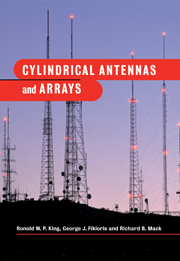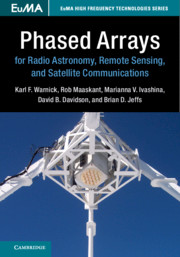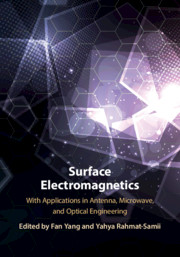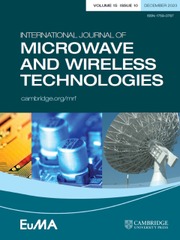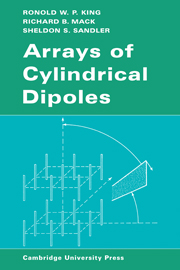Cylindrical Antennas and Arrays
Cylindrical arrays lie at the heart of the antenna systems of most major radio communication systems, including broadcasting networks, cellular 'phone systems and radar. In this book, the authors present practical theoretical methods for determining current distributions, input admittances and field patterns of a wide variety of cylindrical antennas, including the isolated antenna, the two-element array, the circular array, curtain arrays, Yagi and log-periodic arrays, planar arrays and three-dimensional arrays. Coverage includes analysis of horizontal antennas over, on and in the earth and sea, large resonant arrays of electrically short dipoles and a chapter on the theory and techniques of experimental measurement. Written by three of the leading engineers in the field, and based on world-class research carried out at Harvard over the last forty years, Cylindrical Antennas and Arrays is destined to become established as the basic reference for practising engineers and advanced students for many years to come.
- The definitive book on the most widely used antenna technology
- Lead author, King, has over 40 years experience based at world-leading labs at Harvard
- Practical, professional engineering approach
Product details
August 2005Paperback
9780521017862
652 pages
244 × 170 × 35 mm
1.002kg
230 b/w illus. 40 tables
Available
Table of Contents
- Preface
- 1. Introduction
- 2. An approximate analysis of the cylindrical antenna
- 3. The two-element array
- 4. The circular array
- 5. The circuit and radiating properties of curtain arrays
- 6. Arrays with unequal elements: parasitic and log-periodic antennas
- 7. Planar and three-dimensional arrays
- 8. Vertical dipoles on and over the earth or sea
- 9. Dipoles parallel to the plane boundaries of layered regions
- horizontal dipole over, on, and in the earth or sea
- 10. Application of the two-term theory to general arrays of parallel non-staggered elements
- 11. Resonances in large circular arrays of perfectly conducting dipoles
- 12. Resonances in large circular arrays of highly conducting dipoles
- 13. Direct numerical methods: a detailed discussion
- 14. Techniques and theory of measurements
- Appendices
- References
- List of symbols
- Index.

